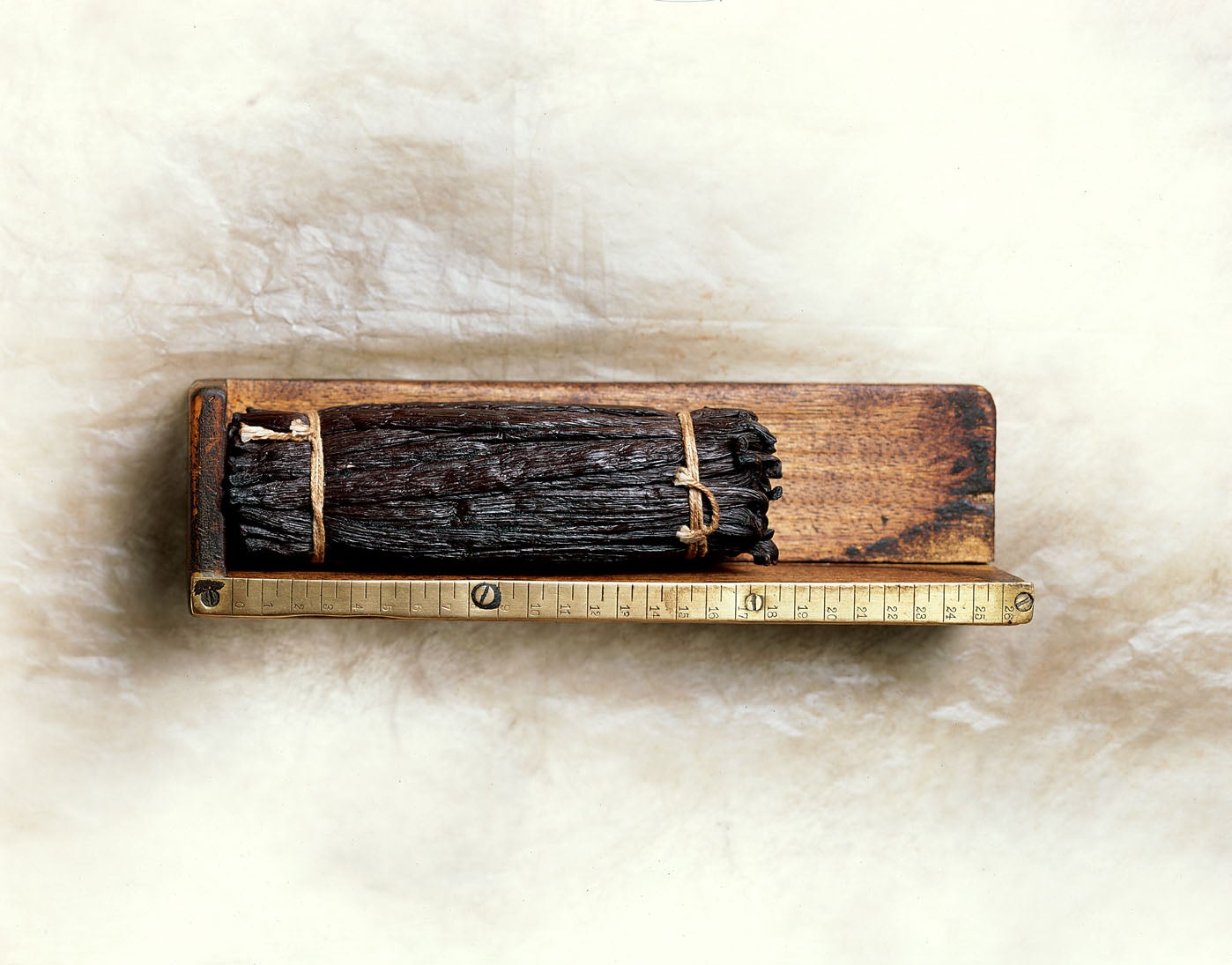Where Vanilla Comes From and Which Vanilla Type to Use
Cake
A Little Background on Vanilla
For hundreds of years vanilla was a secret flavour known only to the Totonac Indians of Mexico. Vanilla pods grew on orchid vines and were pollinated by a native melipona bee, which was the only insect able to navigate the small trumpet shaped orchid flower.
In 1520 vanilla began to travel across the world, when a Spanish conquistador carried vanilla pods from Mexico to Spain. Vanilla then boomed in popularity and some years later, a way to hand pollinate the orchid was developed to meet the demand; a method still used to this day.
About Nielsen-Massey

Founded in 1907, “Massey’s” by Otis Kline and Richard Massey set out in producing aromas for cleaning products. About 10 years later Chatfield Nielsen joined and under shared leadership the company became focused on offering a variety of food flavours including vanilla. During the 1960’s more family members joined and the company name was changed to Nielsen-Massey to reflect the strong partnership. Today, the company is owned by third generation siblings Matt, Beth and Craig Nielsen who continue their family’s legacy and commitment to sourcing and crafting only the finest quality vanillas and flavours. Nielsen Massey’s little brown bottle of vanilla remains a store cupboard staple for passionate home bakers and professional chefs alike.
Why choose Nielsen-Massey?

Nielsen-Massey have been experts in vanilla for over one hundred years. From bean to bottle, they take care every step of the way to ensure you get the best quality vanilla for your baking.
The best way to explain is to firstly understand the sheer process of harvesting and producing the vanilla. You’ll be amazed how tricky it is:
Vanilla orchids can take up to 4 years for the first flowers to appear. Each flower only opens for one day a year, and must be pollinated by hand that same day! Vanilla Beans (or pods) then take up to 9 months to mature. Once grown and picked, the vanilla beans dry in the open air as part of the curing process, which takes 3-6 months to truly intensify their flavour. Nielsen-Massey vanilla beans are checked by hand, bundle by bundle, to ensure they are of the highest quality.
Nielsen-Massey, believe heat damages the delicate essential oils of the vanilla beans, so they use a cold-extraction method to produce their extracts - gently drawing out and preserving over 300 distinct flavour compounds. It takes time, but they know it’s worth the dedication to provide that creamy, sweet, full vanilla taste for which Nielsen-Massey is famous. Once the vanilla extract is ready, it’s stored in a little glass brown bottle that ensures the vanilla extract stays safe from bean to bottle to bake.
Lots of professionals, like our friends master patissier, Eric Lanlard and cake queen, Juliet Sear, as well as home bakers, love Nielsen-Massey. To them, it’s the only vanilla of choice. If you want to use the best ingredients and get the best results in your baking, you can be assured that Nielsen-Massey provide you with the best for your baking.
Vanilla types & Best Recipe Uses
PODs- Vanilla bean pods are harvested from the vanilla vine then slowly sun cured, graded for size and plumpness and then sorted. Nielsen-Massey Vanilla Pods are gourmet quality.
Scraped out pods are ideal to infuse in milk or cream creating a subtle vanilla flavour, or you can use them to infuse a jar of sugar to create vanilla scented sugar.
You can use vanilla bean paste or extract in place of pods in many recipes if you find it hard to track them down in your local shop.
Extract- Vanilla extract is made by infusing vanilla beans in a mixture of water and alcohol.
Extract is ideal for regular cakes, biscuits and pancakes as the small amount of liquid won’t change the consistency of the end result. 1Tbsp vanilla extract is equivalent to 1 vanilla pod.
Paste- Vanilla bean paste is made from vanilla extract with the addition of real seed flecks from the vanilla pod.
It can be used in place of extract or pods. (In my opinion, both paste and extract are easier to work with than pods). For a thicker consistency in your recipes, use bean paste. It has a syrupy texture, so it’s perfect for adding flavour without thinning out your mixture. Also, the flecks of the vanilla seeds produce a gourmet visual delight. 1 tbsp./15ml vanilla bean paste is the equivalent of 1 vanilla bean pod.
Vanilla Bean Paste is perfect for use in cheesecakes, custard, buttercream, ice cream or crème brûlée.
Essence vs Extract. What’s the Difference?
There is a big difference between vanilla essence and vanilla extract. Vanilla essence is a synthetic (chemically produced) vanilla flavouring that is cheaper than natural extract. In my opinion, if you’re going to bake, purchase the real stuff as essence tends to have a weaker, often a poor aftertaste. Splurge on the real stuff, it’s truly worth it.
If you love vanilla as much as we do, check out our ‘Alternative uses for vanilla extract’ article.
Matt Nielsen flew over to Eric Lanlard's house recently and talked about all things vanilla. Take a look at what they said.